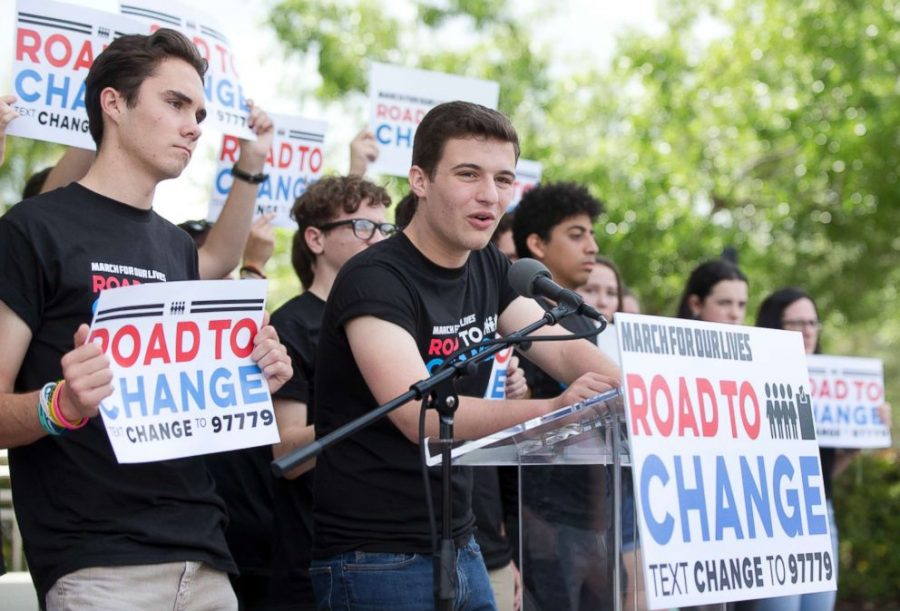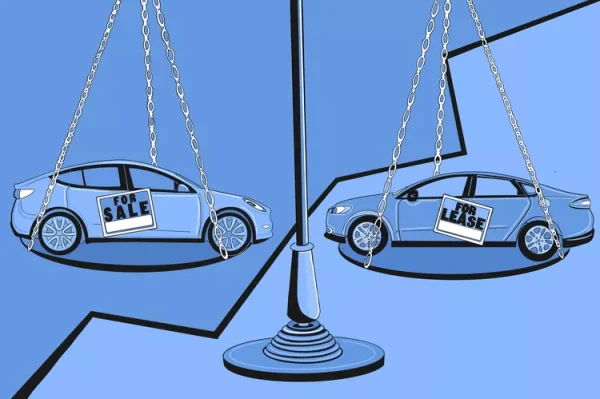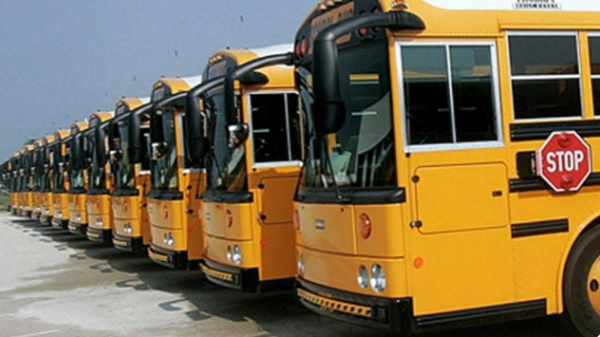Despite a Massive Push to Increase Youth Vote, 2018 Midterms Did Not Meet the Hopes of Activists
Youth activists such as Marjorie Stoneman Douglas students David Hogg (left) and Cameron Kasky (center) were very active in trying to turn out the youth vote for the 2018 midterm election.
In the lead up to the midterms, there have been a swell of political appeals to the young voters. For example, survivors of the Parkland, Florida, shooting launched a nationwide voter registration drive. Although youth voting registration went up 41 percent, specifically in Florida, that number didn’t exactly transfer to the actual percentage of those in the age group of 18 to 29 whom truly voted in the 2018 midterms.
To better analyze the data, it is important to realize the apparent difference between registering to vote and actually casting a ballot. In this case, the voter spectrum of 18 to 29 made up 13 percent of the overall electorate in this year’s midterms, up from 11 percent in 2014.
Depicted from the released results of the midterms, the youth population didn’t seem to be too influenced to vote during this election. According to the Center for Information and Research on Civic Learning and Engagement (CIRCLE), 31 percent of the eligible voters from 18 to 29 had registered to vote, but less than half of that decided to turn out. The number that registered in the same age group was still far below in comparison to the 2016 Presidential Election, when 51 percent of young voters had registered. It is evident that this number had spiked due to stark differences between candidates Donald Trump and Hillary Clinton.
In the 2018 midterms, more than 3.3 million voters from the 18 to 29 age group cast their votes early, leading to a 188 percent increase from 2014, according to data from Target Smart, a political-data analysis firm. In Texas, where young voters have rallied behind the Democratic Senate Candidate Beto O’Rourke, early voting increased fivefold for voters aged 18 to 29, according to The Hill. It was the same situation in Nevada, where, in another contested race for senate, five times as many young voters turned out early in 2018 as they did in 2014.
The United States Election Project, which analyzes census data, finds that 18 to 29 year olds both have the lowest turnout rate and make up the lowest percentage of overall voters. Even though the 18 to 29 year olds saw the greatest increase in voters of any age group in 2018 early-voting returns, they still made up the lowest percentage of early voters.
In order to seek reasons for the low participation among young voters, Intelligencer- New York Magazine interviewed several young voters and nonvoters alike for its article “12 Young People on Why They Probably Won’t Vote.” An individual named Drew from California, who hasn’t voted since the 2016 presidential election, had this to say, “Millennials don’t vote because a lot of politicians are appealing to older voters. We deserve politicians that are willing to do stuff for our future instead of catering to people who will not be here for our future.” In addition to this statement, an individual by the name of Tim, 27-year-old Texan who has yet to participate in any election commented, “It feels like the reason to vote is symbolic. The motivation isn’t about the actual value my vote has; it’s more like a theoretical signaling value.”
In comparison to the last midterm, voters age 18 to 29, a core part of the Democratic Party’s Coalition, made up 13 percent of the national electorate in 2014. This compares to 19 percent in 2012, which was a presidential election year. During that time, 60 percent voters 18 to 29 backed the democratic candidate for the House, and 38 percent backed the Republican candidate, a gap of 22 points.
In the midterm years of 2014 and 2010, the percentages for the Democrat were 54 percent and 55 percent, respectively, while the Republican candidate won 43 percent and 42 percent in 2014 and 2010. These exit polls show young Republican voters, like young Democratic voters, also turn out in lower numbers during midterm years, but the drop off is less dramatic.
According to Pew Research Center, the voting youth do not yet vote consistently enough to be the most influential voting age bracket. As those in this age range become more aware of the striking importance of voting, there are high hopes that the numbers will only increase over time, and that maybe there will be an apparent difference by the next election.









